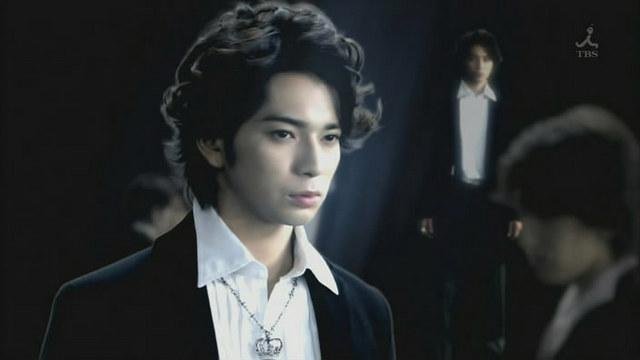Today’s Throwback Thursday is perhaps the biggest throwback I would ever write about. First published in 1992, before some of us were even born, Hana Yori Dango holds the title of being the best-selling shoujo manga series of all time, having sold a whopping 61 million copies as of 2015. This major hit by Yoko Kamio is literally translated as “boys preferred over flowers”, or better known as Boys Over Flowers, and it started a huge wave of live-action drama series remakes all across Asia.
Hailed by some as one of the best shoujo manga series ever created, it might seem strange for us now that a series filled with clichés and typical shoujo manga tropes is seen in such high regard, but perhaps it would be more apt to consider that Hana YoriDango was responsible for creating these clichés in the first place. Many shoujo mangas have attempted to emulate them (thus making them actual clichés), but none have been as successful in executing these plotlines as Hana YoriDango.
The story follows Doumyouji Tsukasa, the rich heir to the international Doumyouji Corporation and the leader of a group of rich boys at their prestigious school, and Makino Tsukushi, a poor, headstrong girl who stands up to the ways of the F4 and to Doumyouji. Yes, the story does seem to make one cringe at the sound of it, but the ways in which Yoko Kamio carried the plot and the characters gets you hooked at every page.

I’m most impressed with Doumyouji’s character development, and the progress of the main characters’ relationship. While Doumyouji is undoubtedly a huge jerk with some serious anger management issues, the mangaka shows us how he changes after meeting and falling in love with Tsukushi (yes, yes, I know it’s clichéd). The change in his personality doesn’t happen with just the snap of a finger; he becomes more mature as he realizes what he has to face and give up in order to find happiness with Tsukushi.
Tsukushi, on the other hand, learns to become more honest with her own feelings because honestly, both of these characters are so tsundere to the point where they just flat out lie about their thoughts to one another when it’s so blatantly obvious they don’t mean it that way. A series of misunderstanding ensues, and it just goes on and on. It does get frustrating at times, and the whole “let’s be together, let’s not be together” push-and-pull dynamic prolongs the story a little too much. However, Hana Yori Dango does get some stuff done right, and even with all the typical plotl ines, their tweaks and turns really manage to catch us by surprise.
The anime for Hana YoriDango was aired in 1996 to 51 episodes and follows the plot of the manga closely. Watching the anime now does feel strange since Japanese animation styles have evolved so much over the years, but what really reminds me that this anime was produced almost 20 years ago is how dramatic music is cued at every little thing the characters do, and how most scenes are nothing but close ups of everyone’s faces like a cheesy soap opera, which I can’t deny is what this anime really categorizes as.

As for the live-action drama series, the one that I personally feel is the best is definitely the 2005 Japanese version starring Matsumoto Jun (of Arashi) and Inoue Mao. It spanned two seasons and a film, earning high ratings during its run and topping box-office sales during the film’s release. If watching the anime makes you feel like you’re out of your comfort zone, I highly recommend watching this drama, since it captures the essence of the manga well.
It’s honestly incredible to think that this manga was created before Naruto was even published. It really does blow your mind, doesn’t it? It’s great to revisit some old classics every now and then, and even though I suppose current readers might find some faults with Hana Yori Dango, it does have its great qualities to be reread as one of the most iconic shoujo mangas ever published.












